Upcoming Seminars
Stay tune!
Past Seminars

Bored Tunnels and Underground Construction
June 04, 2025 - 12:00 pm
Speaker: Luis Piek
In the next 50 years, the density of urban areas will increase, becoming more congested while requiring more advanced and updated infrastructure. Building tunnels and creating underground space is essential to supporting this growth. The sophistication and technology used in this field has matured rapidly in the last 25 years, and is continuing to evolve to meet the challenges faced to support the population and foster its growth. The talk will discuss current technology, and how the industry incorporates of new advances in to carry out these increasingly complex projects.
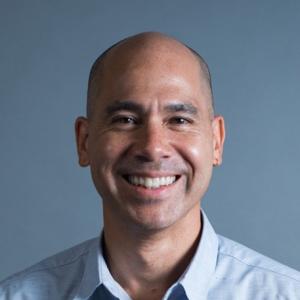
Introduction to Performance-Based Design
June 02, 2025 - 12:00 pm
Speaker: David Mar
This presentation was developed as a webinar on performance-based design, commissioned by ACT and FEMA. It introduces the concepts of performance-based design (PBD) in three sections, and within the framework of real projects. The first section provides context – defining performance-based design as a means for engineers to exercise design choices beyond the limitation of prescriptive code design. With PBD, engineers can design what they want, design what is needed, and design what the project can afford.
28
Forensic Engineering and Failure Investigations
Speaker: Saj Salam and Mehrdad Shokrabadi
This presentation will cover the basics of forensic engineering and performing geo-structural failure investigations. Example investigations will be presented including a lateral movement of retaining wall during pile driving, viaduct collapse, and seepage behavior from fluctuating river levels among others.
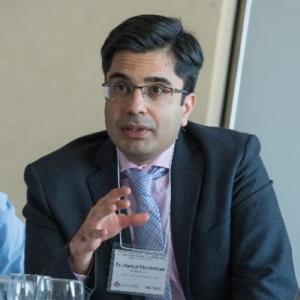
Wildfire Engineering: Integrating Models with Data to Advance Solutions
May 21, 2025 - 12:00 pm
Speaker: Hamed Ebrahimian
Wildland fires are a critical part of a healthy ecosystem. However, the rapid expansion of the wildland-urban interface, coupled with climate change and human activities, has dramatically increased wildfire hazards in recent decades. Today, wildfires rank among the most significant natural threats to social, economic, ecological, and infrastructure systems. This presentation introduces the wildfire challenge to the engineering community and highlights our team’s recent advancements in wildfire simulation, data analysis, and risk assessment.

Global Earthquake Disaster Response and Reconstruction
May 14, 2025 - 12:00 pm
Speaker: Kit Miyamoto
This lecture covers global earthquake disaster response and reconstruction efforts, focusing on case studies from Turkey, Afghanistan, and the potential impacts on Bangkok following the 2025 Myanmar earthquake. It examines the devastating 2023 Turkey earthquakes, which caused massive human and economic losses, emphasizing vulnerabilities stemming from dangerous construction practices. It highlights rapid shelter solutions and sustainable rebuilding efforts in Afghanistan after the 2022 earthquake, showcasing the resilience and effectiveness of vernacular construction.

Sustainability and the Structural Engineer
May 07, 2025 - 12:00 pm
Speaker: Sara Means
Structural materials such as steel and concrete account for more than 10% of the global carbon emissions, and structural engineers have a responsibility to reduce these carbon emissions in the built environment. This presentation will give an introduction to embodied carbon. What is embodied carbon, how do you calculate it, and how do you reduce it? We will discuss which materials are most sustainable and how to reduce embodied carbon in your projects. We will also give an overview of a simple Life Cycle Assessment.

Waterfront Facility Inspection & Rehabilitation Engineering Design
April 30, 2025 - 12:00 pm
Speaker: Bill Dubbs
More information coming soon!
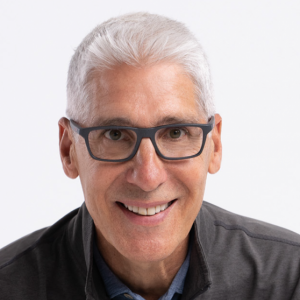
Golf Club R&D Process
April 23, 2025 - 12:00 pm
Speaker: Todd Beach
Golf equipment research and development (R&D) has evolved into a sophisticated process which uses some of the best available materials and manufacturing methods to create products that enhance performance every year for both high level tour professionals and amateurs alike. The Physics of golf can be very challenging to model, test and optimize as the ball goes from 0 to 190 mph in 0.5 milliseconds for a top professional driver.
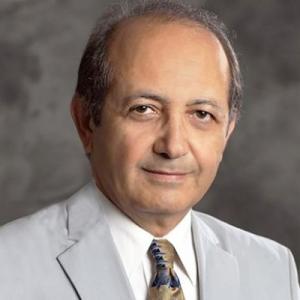
Large Scale 3D Printing - Past, Present and Future Prospects
April 16, 2025 - 12:00 pm
Speaker: Berok Khoshnevis
Every year, countless new innovations are introduced; however, truly disruptive technologies arise only rarely. When they do, they often create groundbreaking impacts and trigger a cascade of transformative changes across their application domains. This presentation offers an exploration of construction 3D printing technology—its origins, evolution, and envisioned future—as recounted by the speaker, a pioneer who embarked on this journey three decades ago. What started as a mere curiosity has blossomed into an entirely new industry with immense promise in the construction sector.
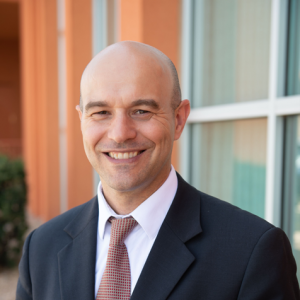
Integration and Control of Dynamics and Pattern Recognition with Immersive Platforms
April 09, 2025 - 12:00 pm
Speaker: Fernando Moreu
This seminar summarizes human-computer interfaces for quality inspection aided by robotics applications. The objective of this research is to enhance human decision-making with Artificial-Intelligence (AI) and machine-enabled visual analysis. Applications include using Augmented Reality (AR) systems to enable a standalone human interface for automatic defect detection integrating an image-based pattern recognition algorithm in the headset’s platform.
